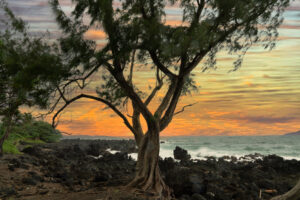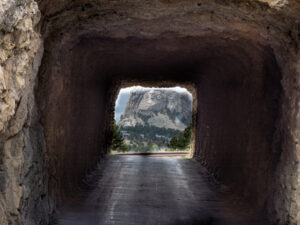Exploring Montana’s Countryside: Windmills, History & Scenic Roads
Part of the 30-Day American West Road Trip Series
This post is part of my 30-day road trip adventure across the American West, where I’m documenting the beauty, history, and solitude of some of the most iconic and lesser-known destinations in the U.S. From the colorful Badlands to the majestic Tetons, every stop reveals a new perspective.
📍 Click here to explore other stops on the journey.
Montana: Where the Land Speaks Through Silence
When I set out on this road trip, I knew Montana would be a highlight. Nicknamed Big Sky Country, this state evokes something timeless—endless open spaces, historical echoes, and a quiet that settles into your bones.
Driving through the Montana countryside, I encountered scenes that felt pulled from another era: long, deserted roads slicing through prairie grass, rusted grain bins whispering stories of the past, and windmills standing like forgotten guardians of the plains.
Grain Bins & Ghost Tracks: A Legacy of the Rails
Some of the most striking features dotting the landscape were old grain bins—weathered, rusting, and resilient. These were more than simple silos; they were once the lifeblood of Montana’s rural communities.
In the late 1800s and early 1900s, these bins were essential storage hubs for wheat and grains before they were transported by rail to markets across the country. Many were built near the tracks, forming the backbone of small, now-sleepy towns. Today, some still stand proudly beside long-abandoned railroad lines, evoking a sense of nostalgia and endurance.
As a photographer, I found them hauntingly beautiful—metal skin flaked by time, juxtaposed against golden wheat fields and big, open skies. A visual reminder of a time when agriculture and rail shaped the rhythm of daily life.
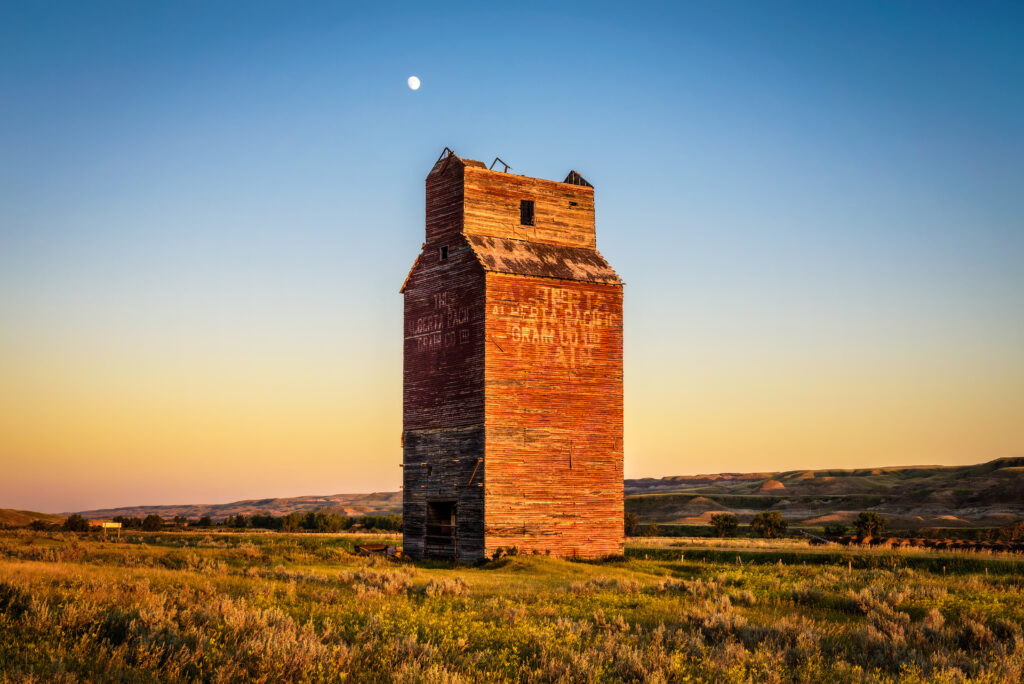

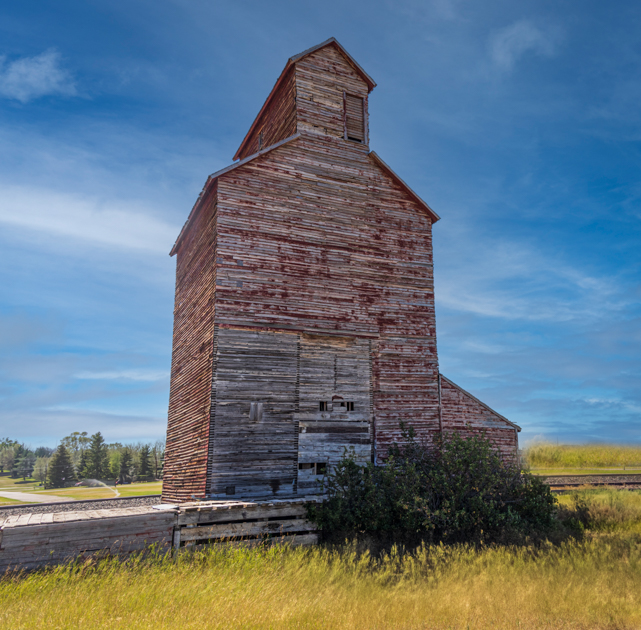
Long, Quiet Roads and Montana’s Infinite Horizon
One of the most unforgettable aspects of Montana is the solitude. We drove for hours on roads where we didn’t see another car. And yet, every mile revealed something new.
Mornings were painted in soft, golden light. Midday brought heat waves rippling off the pavement. And sunsets? They lit up the sky in brilliant oranges, reds, and purples—perfect for capturing dramatic skies and rural silhouettes.
In one unforgettable stretch, we stopped roadside with no sound but the wind and birds. Just hills, sky, and silence—a photographer’s dream and a traveler’s meditation.
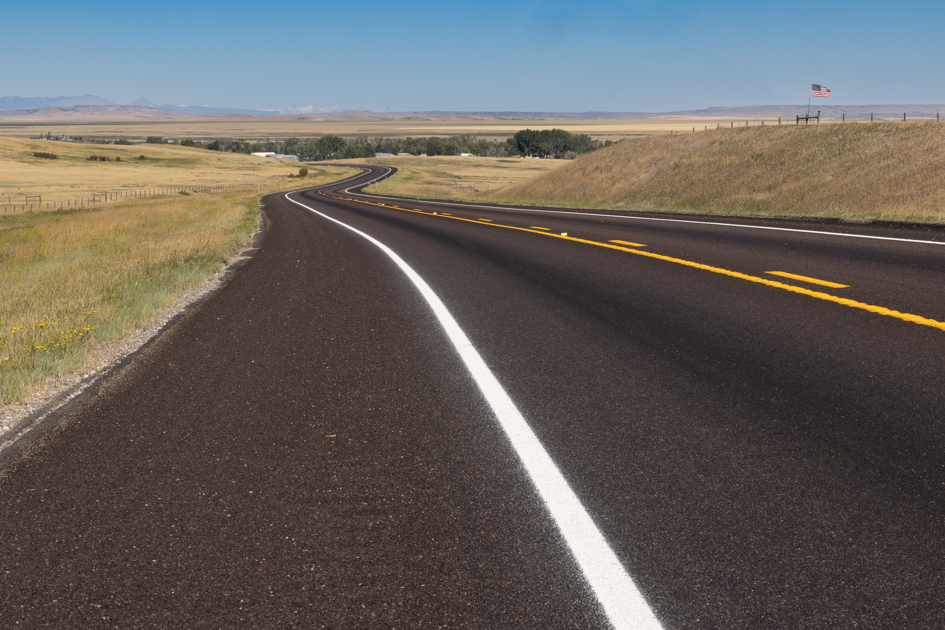
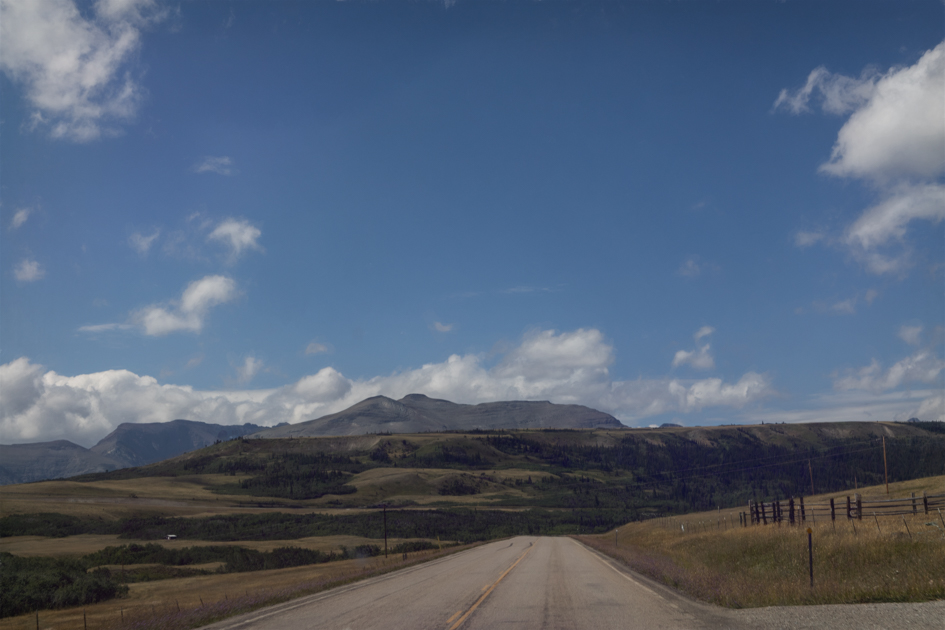
Windmills: Symbols of Survival on the Plains
The solitary windmills scattered across the Montana plains struck me deeply. Some still turned slowly, creaking in the wind. Others stood still—worn, weather-beaten, yet steadfast.
Historically, these windmills provided water for ranches and farms in areas where natural water sources were scarce. Their simplicity hides the essential role they played in sustaining life in this harsh, beautiful land.
From a visual standpoint, windmills offer a striking focal point in photographs: isolated, geometric, and symbolic. They’re a testament to human resilience—and the power of simplicity in design and function.
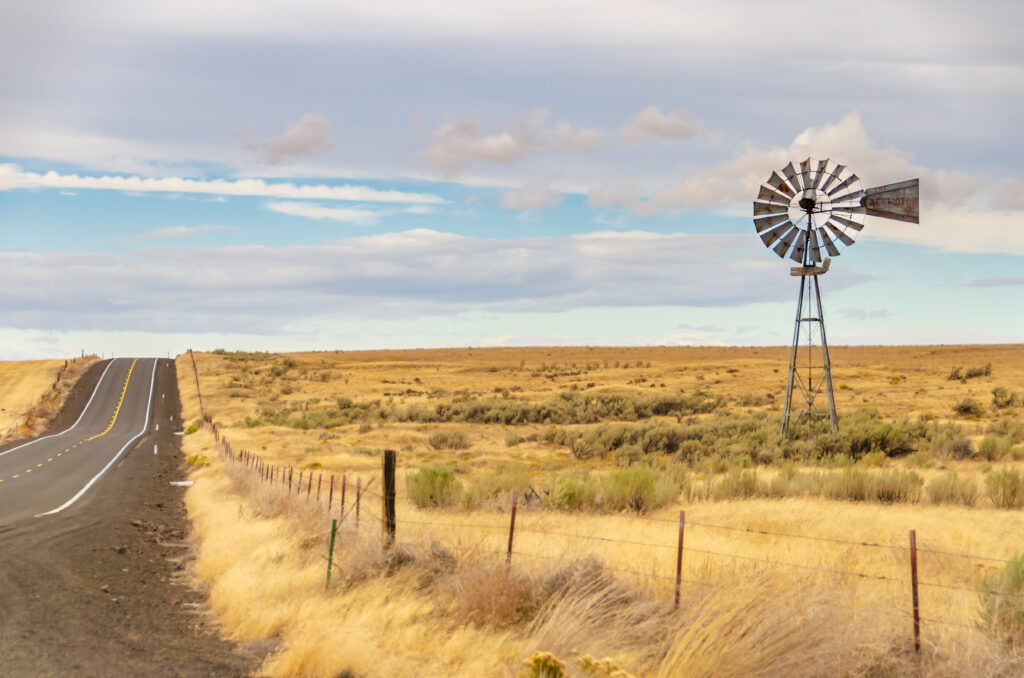
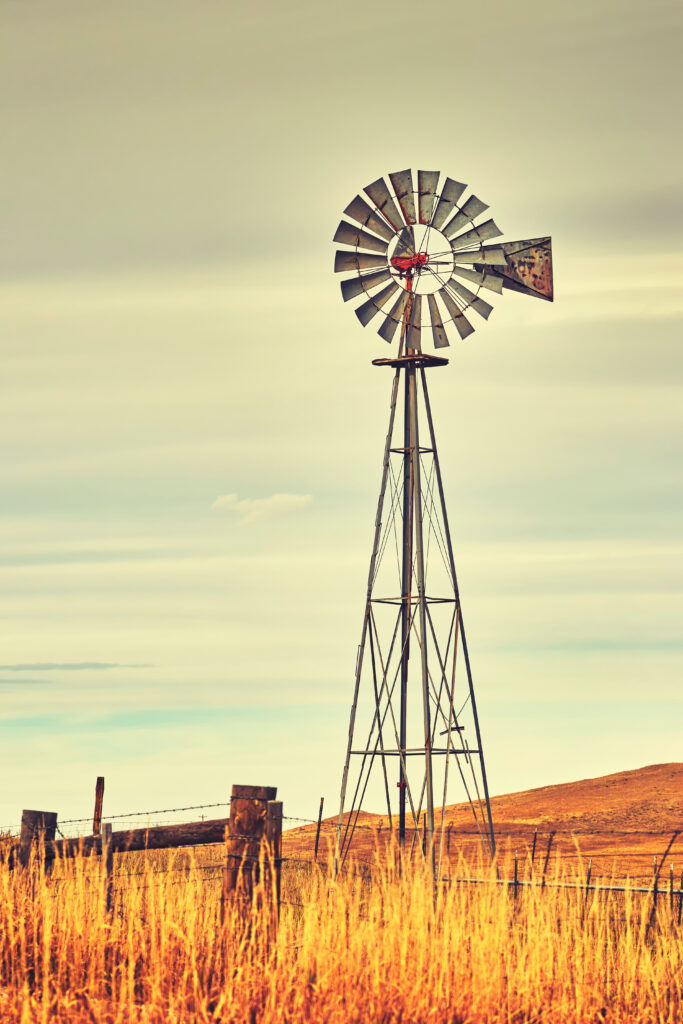
Why Montana’s Countryside Captures the Soul
What makes Montana so compelling is its contrasts. You’ll find:
- Bustling towns turned ghostly quiet
- Structures abandoned but full of stories
- Roads that feel endless, yet grounded in place
As a photographer and storyteller, I’m drawn to these layers—the mix of silence and history, solitude and survival. Montana doesn’t just look beautiful; it feels meaningful.
It’s a place where you’re reminded that the land has its own memory, and that sometimes, the most powerful stories are told without words.
Tips for Photographing Rural Montana
- Golden Hour is Everything: Light changes fast across open spaces—plan your shoots around sunrise and sunset.
- Use Leading Lines: Empty roads and fence lines create strong compositions.
- Isolate Your Subject: Grain bins and windmills are great for minimalist shots.
- Pack a Telephoto Lens: Capture distant ranches or wildlife without disturbing the scene.
Final Thoughts: Let the Back Roads Guide You
If you find yourself road-tripping through Montana, take the slow route. Wander the gravel roads, stop for windmills, and let yourself feel the stories hidden in the landscape.
Montana’s countryside is more than just a backdrop—it’s a character in its own right. One that speaks to the soul, especially if you’re quiet enough to listen.
Stay tuned for the next leg of this 30-day journey across the American West. Up next: sagebrush trails and volcanic marvels in Wyoming.

